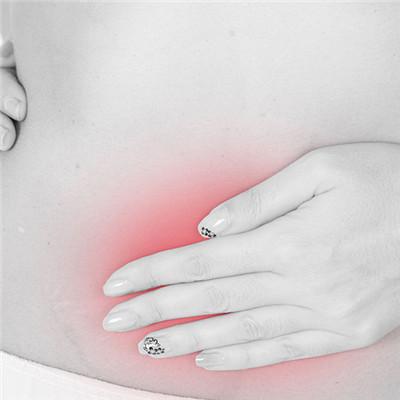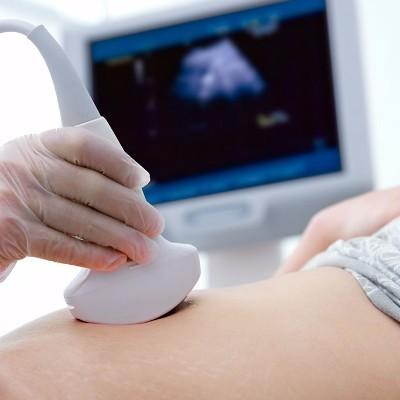Multiple organ dysfunction syndrome?
summary
Multiple organ dysfunction syndrome (MODS) refers to a clinical syndrome in which two or more organs or systems are dysfunctional at the same time or in sequence in the process of acute diseases such as severe trauma, shock, infection and major surgery, so that the internal environment can not be maintained. The following is to introduce the relevant knowledge.
Multiple organ dysfunction syndrome?
Mods may occur in any disease causing systemic inflammatory response. Surgical diseases are common in the following aspects: 1. Sepsis caused by various surgical infections. 2. Blood loss and water shortage caused by severe trauma, burn or major operation. 3. Various causes lead to ischemia-reperfusion injury of limbs, large area of tissues or organs. 4. Shock of various causes, cardiac arrest and respiratory arrest after resuscitation. 5. Blood transfusion, infusion, medicine or mechanical ventilation. 6. Acute abdomen with organ necrosis or infection. 7. Patients with some diseases are more prone to mods, such as chronic diseases of heart, liver and kidney.
There are two types of clinical processes of MODS. 1. One stage of rapid onset; One stage rapid onset refers to the simultaneous dysfunction of two or more organ systems 24 hours after the onset of primary acute disease. 2. The second stage is delayed; Second stage delayed onset is the dysfunction of an important system or organ, often cardiovascular, renal or pulmonary dysfunction. After a period of approximate stable period, multiple organ system dysfunction occurs.
According to the etiology, clinical manifestations, combined with cardiovascular system, respiratory system, nervous system, blood system, kidney system, gastrointestinal system, liver system, the diagnosis can be made. 1. Circulation; Systolic blood pressure is lower than 90 mmHg and lasts for more than 1 hour, or drug support is needed to stabilize circulation. 2. Breathing; Acute onset, PaO2 / FiO2 ≤ 200 mmHg (with or without positive end expiratory pressure), chest X-ray showed bilateral lung infiltration, pulmonary artery incarcerated pressure ≤ 18 mmHg or no left atrial pressure rise; Serum bilirubin > 34.1% μ In addition, the level of transaminase increased more than 2 times of the normal value, or hepatic encephalopathy occurred.
matters needing attention
Treatment 1. Fluid resuscitation should be carried out according to the cause of disease, and patients with hypovolemia should be actively given intravenous fluid. 2. Vasoactive drugs; If the blood pressure does not recover after fluid resuscitation, dopamine should be used to raise the blood pressure. 3. Control and prevention of infection (1) rational use of antibiotics. For suspected sepsis, blood culture or other specimen culture should be performed immediately. 2) Strengthen ward management, strict aseptic operation. 4. Immunotherapy; The application of activated protein C can significantly reduce the mortality of patients.














